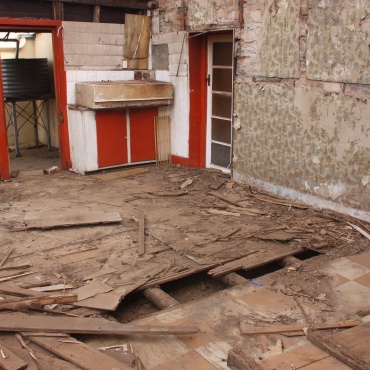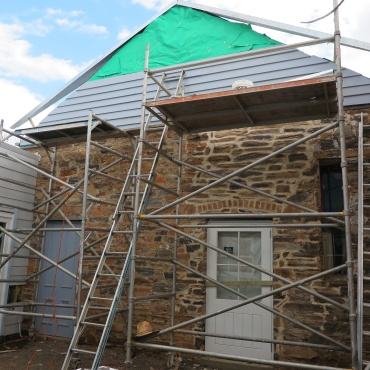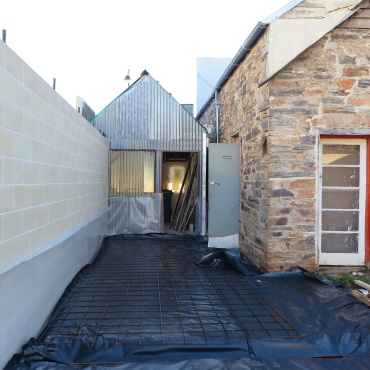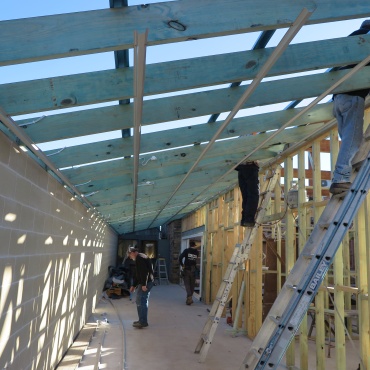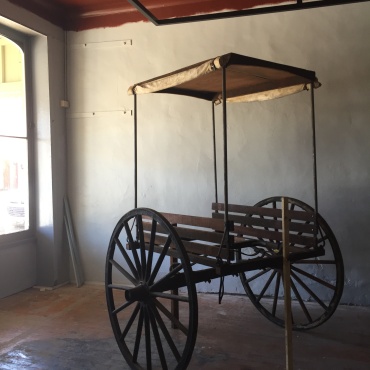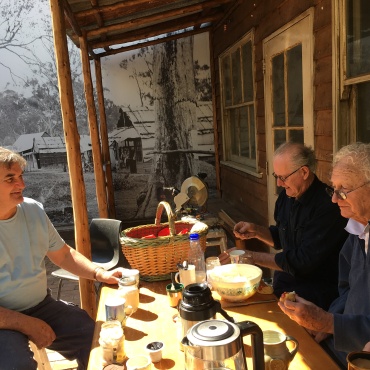The Museum
Gulgong Holtermann Museum is a community based museum established to conserve and promote Gulgong’s rich gold rush history, through the restoration of two of its earliest buildings. The Greatest Wonder of the World and the American Tobacco Warehouse
Within these restored buildings an interactive educational and tourist facility has been created, based on the renowned Holtermann Collection of photographs taken during the town’s “roaring days” of the 1870’s.
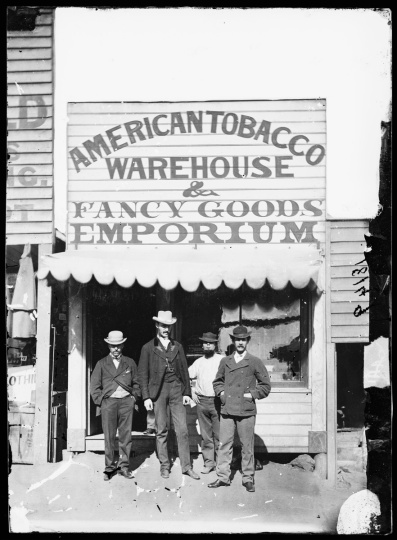
Museum Overview
The Gulgong Holtermann Museum is an ideal choice for a 1/2 day excursion just 20 minutes from the popular wine region of Mudgee. Suitable for all ages from 8 to 80 the Museum details the history of glass plate photography in the region and its survival into the modern day. This is presented in the 4 main galleries of the Museum.
Community Built and Run
This community based project involved local residents, businesses and trades people with a variety of personnel having been called upon to lend their expertise at various stages throughout its implementation from the restoration of the building through to the compilation and mounting of the exhibition and the production of the associated educational material.
History
For a number of years, concerns had been raised about the deteriorating state of two unique gold rush buildings “The Greatest Wonder of the World” and “The American Tobacco & Fancy Goods Emporium” sitting side by side in historic Gulgong’s main street. Last renovated in the 1970’s that had been used for a variety of commercial purposes. But in 2013 they were derelict and in danger of demolition through neglect.
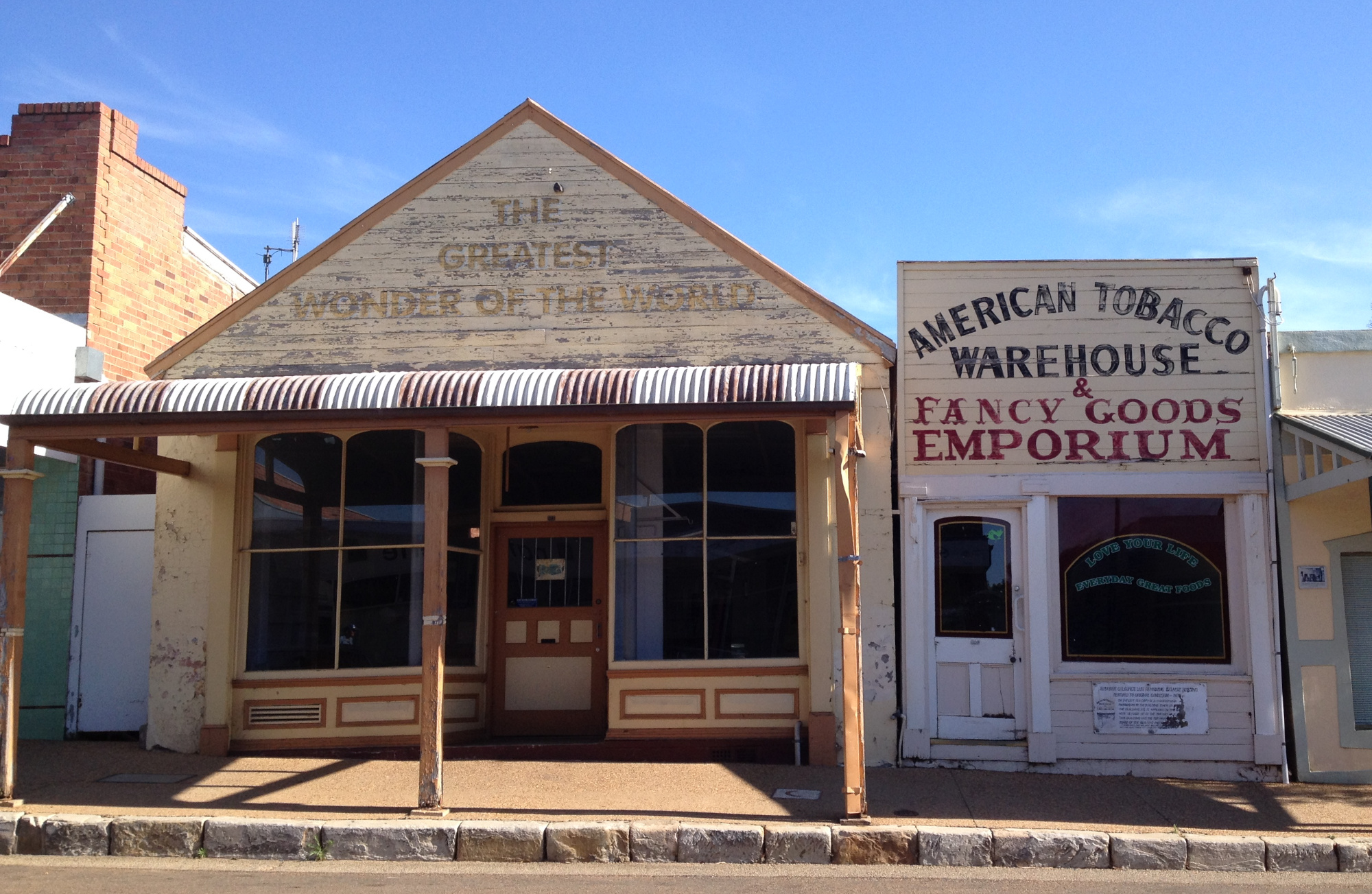
By coincidence, in February of 2013 the state Library of NSW opened its “Greatest Wonder of the World” exhibition. This featured the extraordinary collection of 19th century photographs known as the Holtermann Collection. This germinated a seed in the community to establish a museum of the collection in the very buildings that feature in the collection.
An association was formed and through community donations and sponsorships, and the buildings were purchased from the owners with a view to restore them. However it quickly became apparent the buildings were not in a repairable state and so a three stage plan was devised along with a new design for the Museum.
The design by Jiri Lev is of three interconnected multi functional pavilions built behind the restored State Heritage listed street-front buildings. The first new build area used as an extension of the existing heritage exhibition space and for temporary exhibits, the second an event space and the third a workshop space. This space is an excellent blend of both heritage and new build to create a stunning contemporary museum.
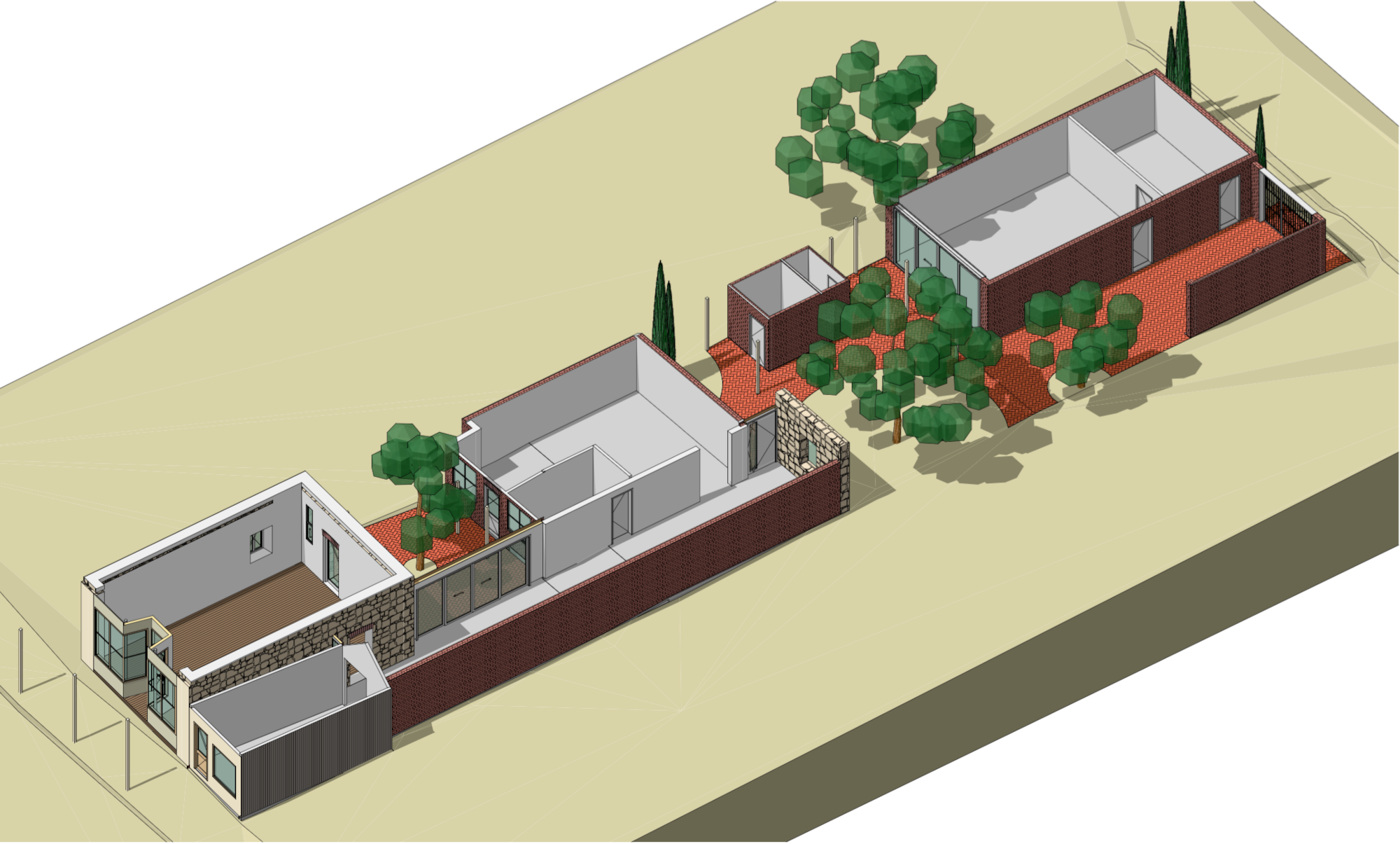
Armed with a design and a plan, the Gulgong Holtermann Museum Association set about building the museum with the local community. This involved local residents, businesses and trades people with a variety of personnel having been called upon to lend their expertise at various stages throughout its implementation from the restoration of the building through to the compilation and mounting of the exhibition and the production of the associated educational material. The build was done in 2017 – 2019 and the museum opened to the public on 26th of October 2019.
Gary Cross, a highly respected local licensed builder with over 45 years in the industry and with extensive experience restoring older buildings was the Project Manager.
Jiri Lev, museum building design.
Barbara Hickson, an accredited local architect who has been the Heritage Advisor for many significant towns throughout Central West NSW, also shared her expertise to this project.
Ruth Davis, a Gulgong local with a wealth of knowledge having lived in Gulgong all her life has spent many years researching the town and its surrounding areas and has kept records of newspapers and old photos going back to the 1870’s. There is not much Ruth does not know about the people and buildings of Gulgong and it is for this reason we invited her to join us as our Voluntary Historian, a position she has taken on with much enthusiasm.
The Gulgong Holtermann Museum Inc. wishes to thank the all our generous sponsors, service providers and volunteers who participated and supported our Community Project.

